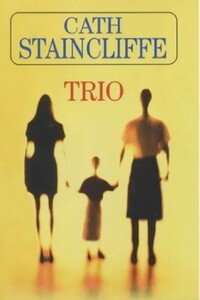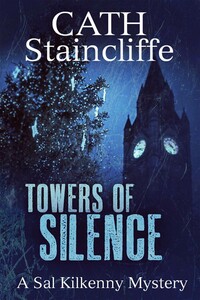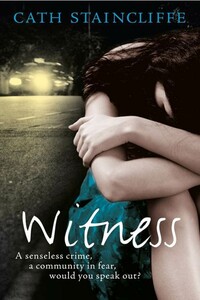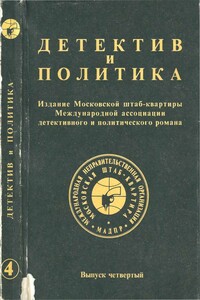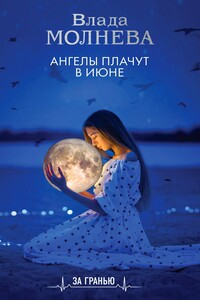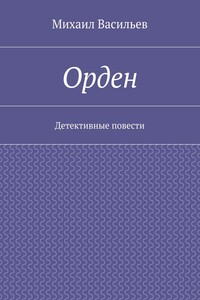The Kindest Thing - страница 5
The van is the sort you’ve seen countless times on television. Rectangular and white with the row of distinctive small windows. Any high-profile case and the news shows the van swinging towards the court and photographers running along, arms upstretched, cameras held to the windows, hoping for that lucky snap. I wonder whether anyone will greet my arrival. It’s likely. The case, the ins and outs and the moral twists, have fed the papers and the discussion programmes for weeks. It appears mine is a cause célèbre. Not what we intended at all.
We climb into the van up metal steps located just behind the driver’s cabin. The narrow corridor is lined with doors, a little cubicle each. Bare metal walls, a reinforced galvanized-mesh seat. The guard sends me into the first and locks me in. It is April and all I can see out of the little glass window is bleak grey sky. Nine months I’ve been in prison.
The journey takes about twenty minutes. Styal is a few miles south of the city centre. Before all this, it was somewhere we came walking, a place with woods and a river, an old mill and tea rooms. Where the kids played Pooh-sticks and Adam got stuck on a tree over the river and had to be rescued. Where Sophie got stung by a wasp and her ear puffed up and we worried it was an allergic reaction. The prison is less than a mile away from the country park.
Will they be there? Sophie? Adam? At Adam’s last visit, I told him it didn’t matter. That it would be horrible for all of us and I’d understand if he stayed away. I haven’t seen Sophie. She’s staying with Michael and Veronica.
Adam’s looking after our house. That might be too strong a phrase. I expect he’s treating it with benign neglect at best. If he’s off the rails again, who knows? He might have trashed the place and sold the lead from the roof.
When I was first arrested Jane asked Adam if he wanted to move in with her. There’s a box room in her flat he could squeeze into but he was happier at home. I asked him, too, just in case he was acting out of misplaced politeness. But he was quite clear: ‘Jane’s great, but move in? No way. I couldn’t relax, you know?’
I nodded, picturing Adam sprawled on the couch, a game on the screen, dirty plates and discarded items of clothing strewn about. I’m glad he’s comfortable at home, that there’s some remnant of our family still there, that the house is not deserted. Jane keeps in touch with him; he can call her if need be. Adam likes Jane. I love her. She has been a constant for me, from those undergraduate days till now. A fast friend, someone I’ve shared my life with.
The vehicle speeds up and there are shouts outside, then a hard thump on the side. For me? For one of the others? Then we swing to the left and the van slows, the engine stops. We must be at the court. A ripple of panic courses through me. My skin chills but blood runs hot in my limbs. There’s a rushing noise in my ears. The guard unlocks the door and leads us down the steps and into the holding area beneath the courts.
I don’t want to be here. Anywhere else but here.
The summer of my graduation we went island-hopping in Greece. I’d studied photography at uni but, as the course went on, found myself less and less interested in the act of taking photographs and more and more fascinated with creating material to photograph. Concentrating on still life and found objects, I would spend weeks building up an environment or a collection of items or a scenario complete with figures, maybe a sense of narrative. The photographs became a way of documenting the creative process. Drawn to different themes and cultures, I researched avidly, reading everything I could find on Mexican and Aztec culture for a project entitled ‘Day of the Dead’ or experimenting with early dyeing techniques for a photo-essay on colour. Using my own urine to set dyes was one of the more scandalous elements of my second-year project.
Graduating with a 2:2, I knew I didn’t want to work as a photographer. Perhaps I should have considered animation, though my drawing skills were average at best, or becoming a stylist, but at the start of the eighties there were precious few jobs for arts graduates.
